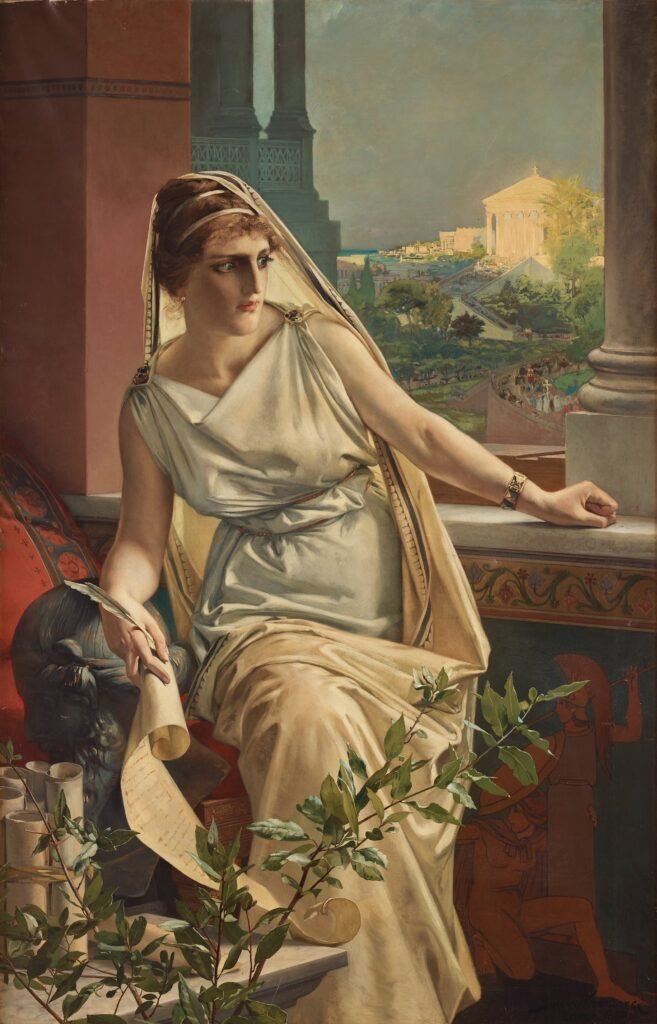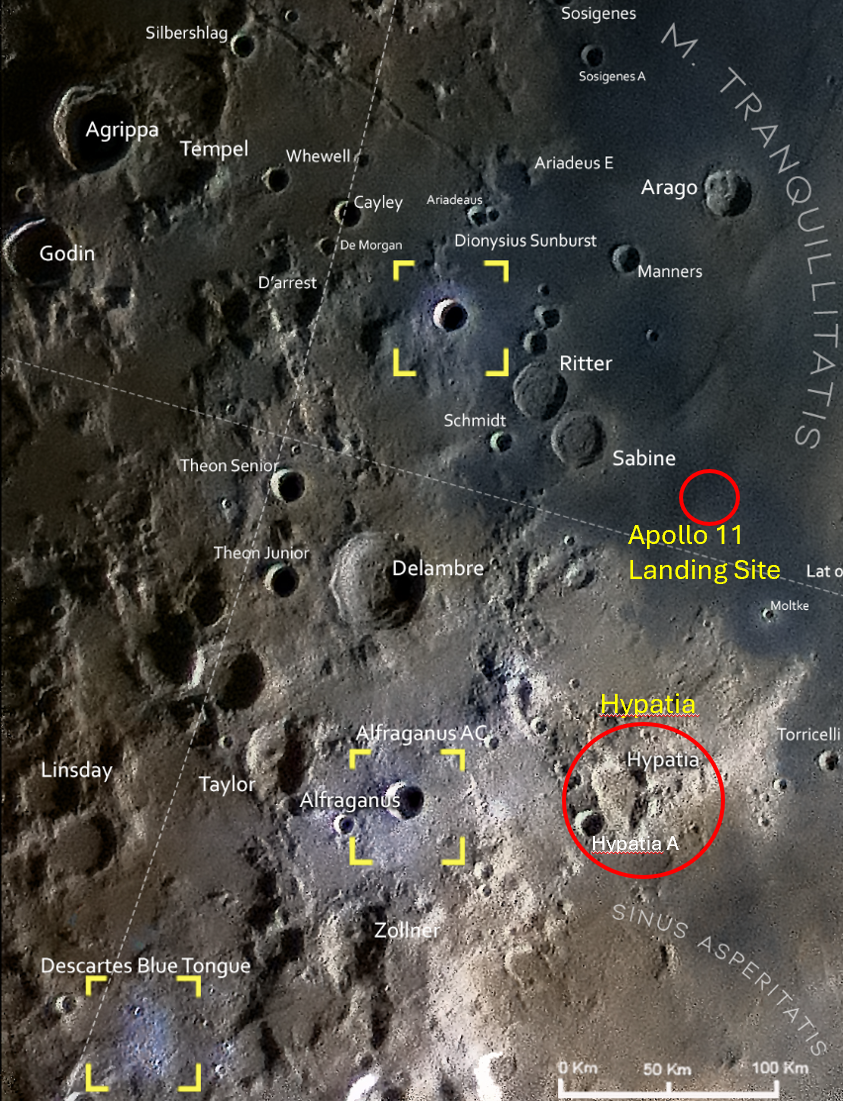Brilliance and Bloodshed
The Life and Death of Hypatia of Alexandria
Hypatia of Alexandria was born around 350 to 370 AD in Alexandria, Egypt. Guided by her father Theon, who was a famous mathematician and philosopher, she became an outstanding expert in her father’s field. In an environment of religious and political unrest, she became a truly outstanding figure, overcoming the gender and religious constraints of her time.
Hypatia was a brilliant teacher who advocated the application of knowledge guided by rationality and virtue in her lectures. She was open to students from very different religious backgrounds. In doing so, she built bridges in a city divided by Christians, pagans, and Jews. She broke with traditional female roles, wore scholarly robes instead of typical women’s clothing, and even drove her own chariot, exposing her independence. She followed the Neoplatonic value of moral purification and virtue strictly. An anecdote from her life reveals that she did not value sexuality highly. She allegedly rejected a suitor by throwing her menstrual sanitary napkins at him and shouting that sex was not beneficial.


Christianity was gaining influence, and people were becoming increasingly hostile toward the old pagan traditions. Bishop Cyril used his power to influence this in his favor. Hypatia had a close relationship with Orestes, the Roman prefect of Alexandria, who opposed church interference in civil administration. This put her in the line of fire of this power struggle. There were accusations that she was a pagan sorceress who influenced the prefect with magical powers – a rumor based on religious fanaticism and political rivalries.
In March 415 AD, Hypatia was the victim of a brutal, religiously and politically motivated murder. A mob of Christian zealots ambushed Hypatia while she was returning home in her chariot. They forcibly took her to a church, where she was stripped naked, brutally murdered, and finally dismembered before her body was burned. This horrific murder shook Alexandria and had repercussions throughout the whole Hellenistic world. It represented the violent clash between the declining pagan intellectual world and the emerging passion of Christian orthodoxy. Hypatia’s death showed how religious orthodoxy increasingly took control of research. It also showed how dangerous it was for intellectuals when they found themselves caught between different social and political groups. Therefore, Hypatia is a symbol of rationality and courage against fanaticism and oppression and her story has had a huge impact on posterity, not least on the film industry, which recounted her life in the movie “Agora.”

A crater on the front side of the moon was named in honor of Hypatia. The Hypatia crater is located on the edge of the Mare Tranquillitatis region. It has a diameter of about 40 km and is about 1.4 km deep.
A satellite crater named Hypatia A is located nearby.
Directly northwest of Hypatia lies the famous landing site of Apollo 11, where astronaut Neil Armstrong became the first human to set foot on the moon.
Nearby, lie the Rimae Hypatia, a system of linear grooves around 180 km long, which Apollo missions informally named “U.S. Highway 1″.
By AnniM
Sources:
